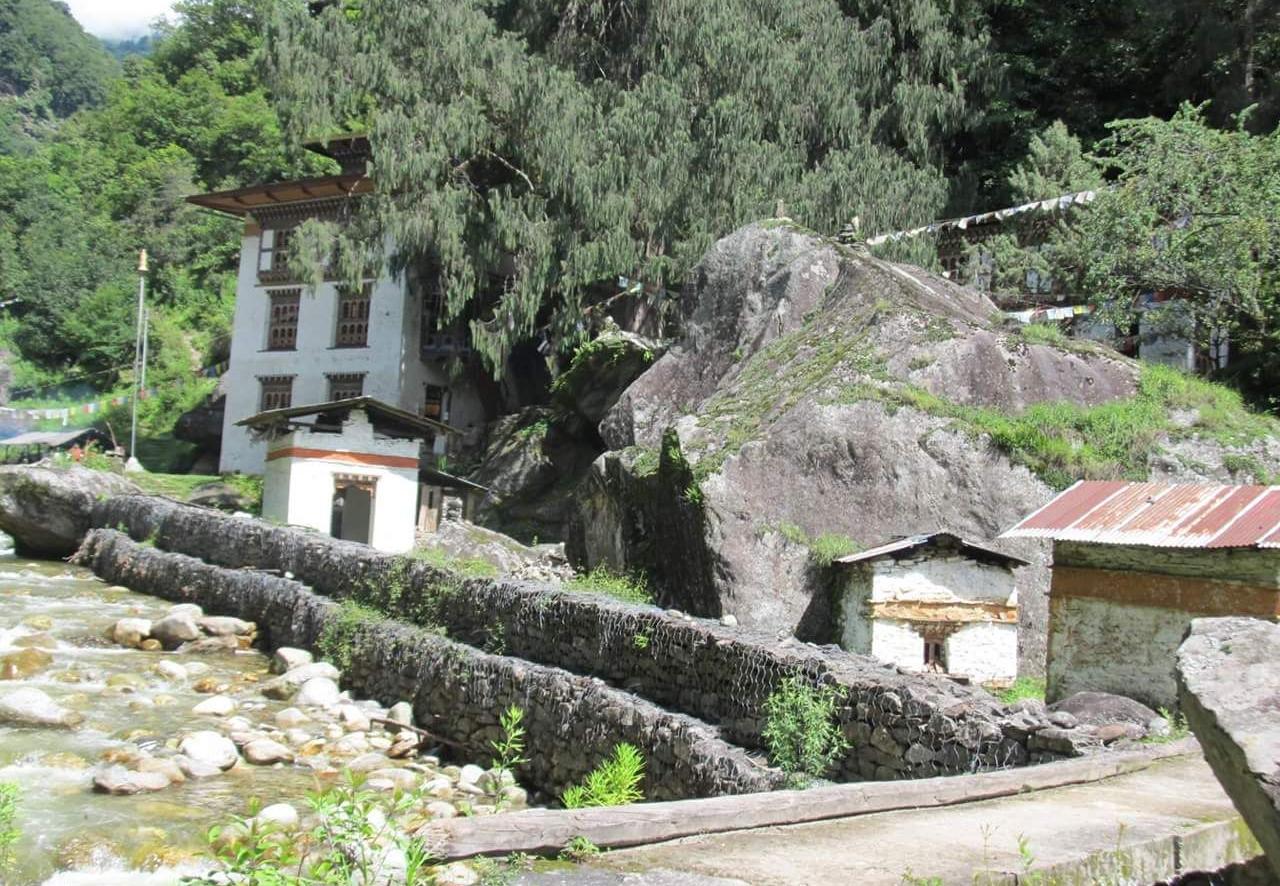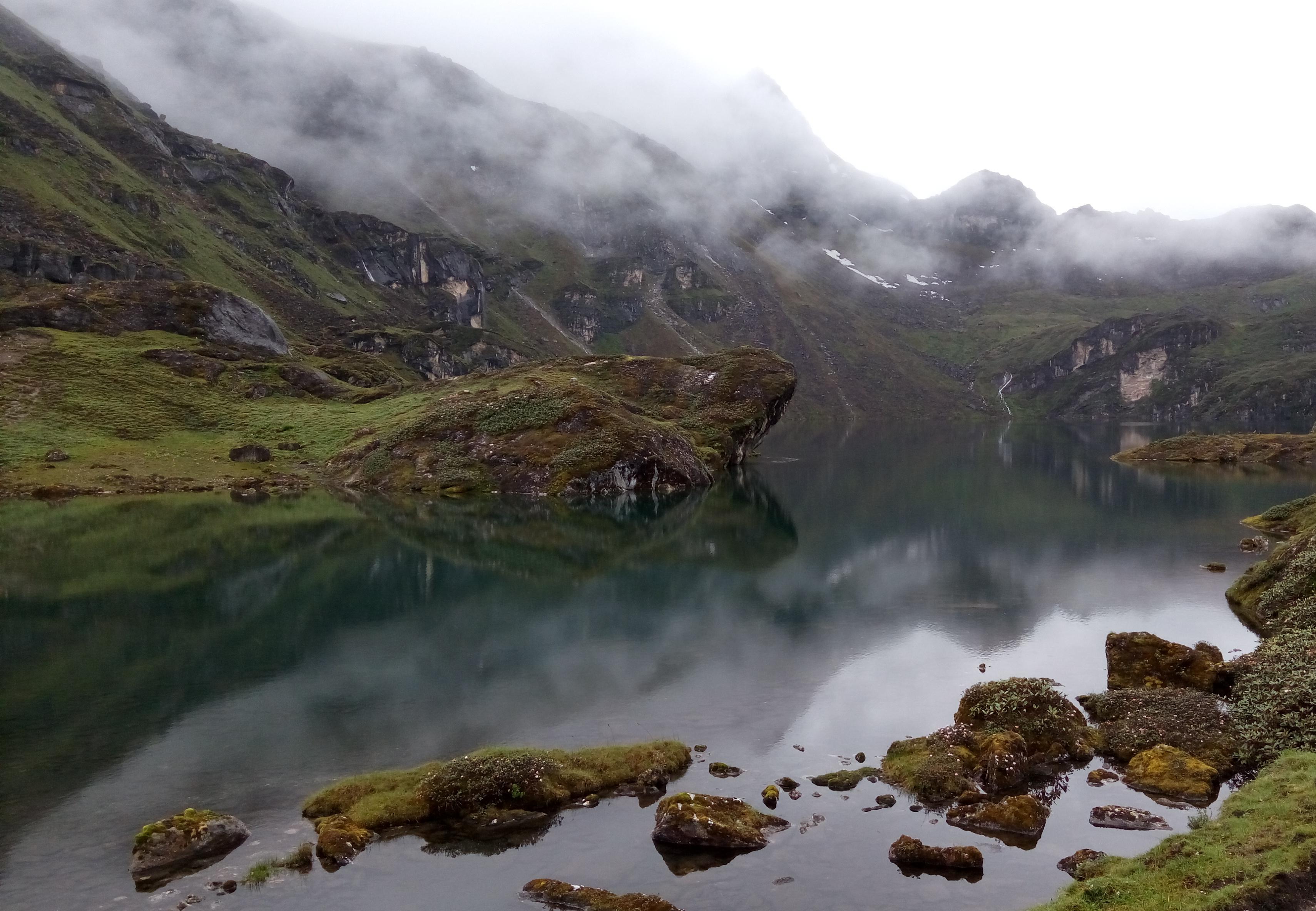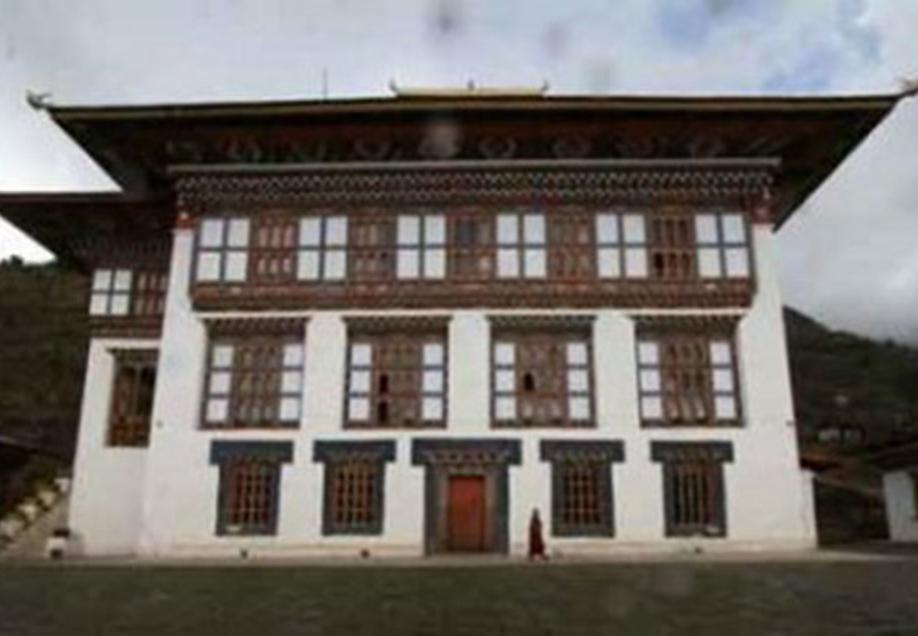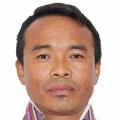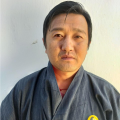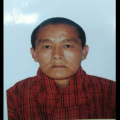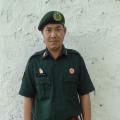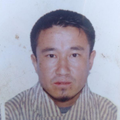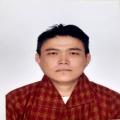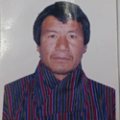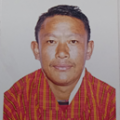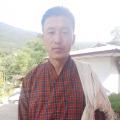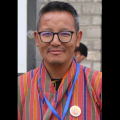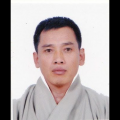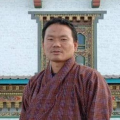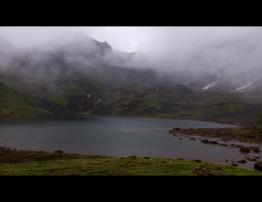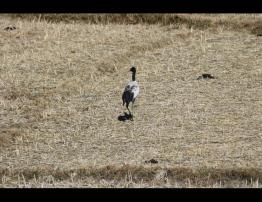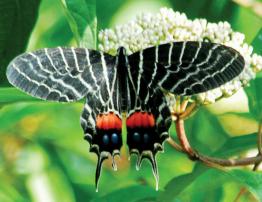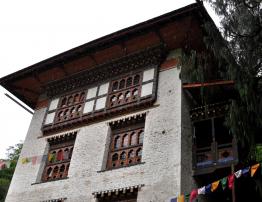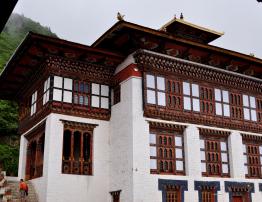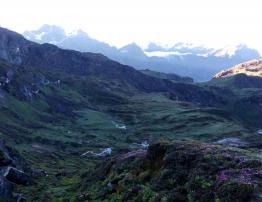Background of Bumdeling Gewog
Bumdeling Gewog in the north of Trashiyangtse Dzongkhag in eastern Bhutan is bounded in the north by the Tibet Autonomous Region of China and to the south by Yangtse Gewog with an area of 850 sq. km.
The people speak a unique dialect called “Zalakha” to that of its neighbor in Khoma of Lhuntse Dzongkhag and Brami/Dakpa community of Tawang of Arunachal Pradesh. Bumdeling was once a part of Yangtse Gewog. In the 1990s it got recognized as a separate gewog.
There are five Chewogs with ten major villages as well as minor villages scattered throughout the gewog. There are 408 households and among them, 50 households are gungtong. The Gewog is known for its un-spoilt natural vegetation with a vast reserve of floral and faunal heritage. Justifiably, the government has established a nature conservation park under the name of the Bumdeling Wildlife Sanctuary (BWS) covering the whole of Bumdeling Gewog, a small part of the Yangtse Gewog, Sershong Gewog (Mongar), and Khoma Gewog of Lhuntse. Its single most attraction is the roosting of globally rare Black Necked Cranes in winter.
The people are mostly farmers growing paddy and finger millet as their staple cereals. They grow potatoes and chili (only grown in the gewog and popularly called Urka Bangala) for cash income. A small proportion of the population are pastoralist rearing yak in Shingphel closer to the Tibetan border up north. There are also a few households that produce wooden bowls (Dapa) and handmade papers (Desho).
The Gewog Center at Dungzam is connected to the Dzongkhag headquarters by a farm road which is slightly over 8.6 km. It has one Lower Secondary and three Primary Schools, one BHU grade II, two ORCs, Bumdeling Wildlife Sanctuary’s Park Range office, RNR Extension Center, Gewog office, and the IMTRAT and RBA joint check post at Tobrang which is 4 hrs walk towards north from the gewog center.
|
Indicators |
Statistics |
|
|
Gewog |
Bumdeling |
|
|
Local Government |
|
|
|
Total Area (sq.km) |
851 |
|
|
Altitude (masl) |
1940 |
|
|
Total number of chiwogs |
5 |
|
|
Total number of village |
15 |
|
|
Community centers |
1 Located at Gewog center |
|
|
Population Details; Total; Male; Female; |
2142 1039 1103 |
|
|
Total Number of Households |
408 |
|
|
Total number of Gungtong |
50 |
|
|
Agriculture |
|
|
|
RNR extension centers |
1 |
|
|
Farmer’s Cooperative Groups |
13 |
|
|
Total Forest Coverage |
72.8% |
|
|
Health Facility |
|
|
|
Primary Health Centers |
1 |
|
|
ORC (Outreach Clinic) |
2 |
|
|
Education |
|
|
|
Number of Schools Primary Schools; ECCDs; Lower Schools: NFE: Total Schools;
|
4 04 0 02 10 |
|
|
Road Networks; GC Road; Farm road; |
8.6 km 70.27 km |
|
|
Electricity |
|
|
|
Household electrified : |
408 (100%) |
|
|
Household without Electrified : |
6 (0%) |
|
|
Tele-communication |
|
|
|
Chiwog with Mobile network |
05 ( poor network in Tarphel Chewog) |
|
|
Chiwog without a mobile network |
Nil but poor network in Tarphel Chewog |
|
|
Religion and Cultural Sites |
|
|
|
Lhakhangs |
21 |
|
|
Bumdeling Wildlife Sanctuary Park Range Office |
1 |
|
|
|
|

